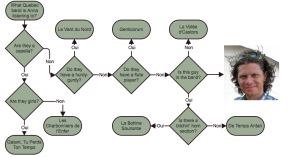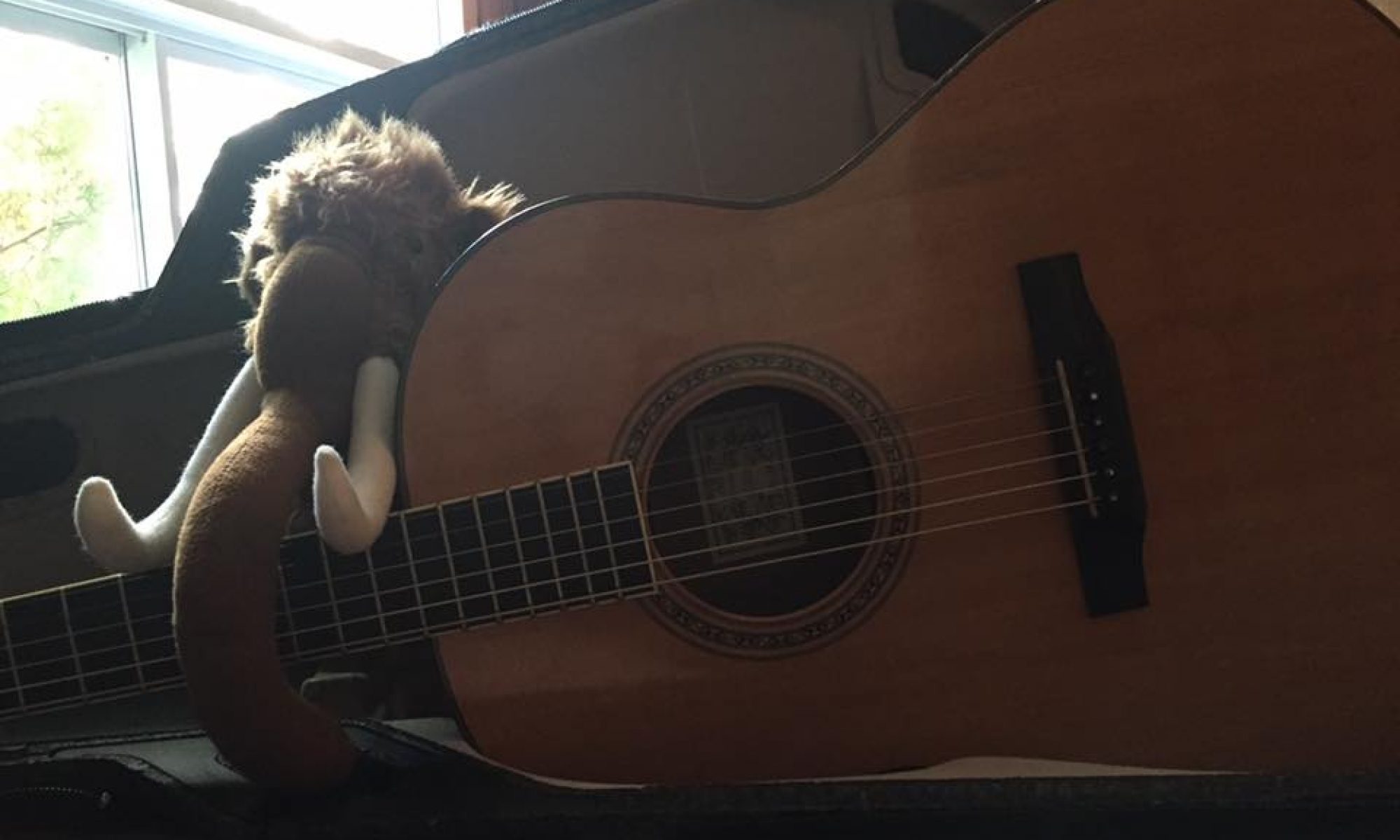Internets, as you all know, I’ve been happily fangirling Quebec traditional music for a couple of years now, and quite a few of you have started to ask me questions about it. And because I like you, Internets, and I want to share with you the musical goodness, I’d like to present for you a Guide to Quebecois Traditional Music for English Speakers!
Q: What is Quebecois traditional music?
A: A very close cousin of Irish/Celtic trad. If you’re a fan of Irish or Scottish music, you’ll probably find Quebec trad very compatible to your tastes; there’s a lot of overlap between the two genres.
Q: What makes Quebec trad differ from Irish/Celtic/Scottish/etc.?
A: Three main differences, which are:
- Podorythmie. With most Celtic bands the percussion will usually be handled by a bodhran player, who may double up on shakers or bones. There may or may not be an actual drumkit depending on how far into rock the band in question slants. With a Quebec trad band, though, the percussion is almost always handled by someone who does podorythmie, the rhythmic footwork that’s a big signature sound for the genre.
- Call and response. Quebec trad is very heavily structured around call and response, where you’ll have whoever’s singing lead echoed by the rest of the band. Relatedly, you’ll find a great number of Quebec trad songs structured in such a way that the first line of a verse will be called, then responded, and then the verse will finish up with a chorus and then a second line which will then roll over into being the first line of the next verse. (This is a very helpful song structure when you’re a newbie to French and you’re trying to figure out how to sing the words!)
Now, sure, call and response isn’t unknown in Celtic trad in general–but I’ve seen it be a LOT more common in Quebec trad. It makes the songs highly participatory and that’s one of the big reasons I love singing along to the songs so much. - Turluttes. You’ll find a lot of Quebec trad songs will have a turlutte section, sometimes small, sometimes dominant, and sometimes as the entire song. Turluttes are when you get a singer or group of singers vocalizing a melody that in other traditions might be played with instruments. You’ll also hear this referred to as mouth music or mouth reels, similar to puirt à beul or lilting.
As the Wikipedia link I’ve pointed at in the previous paragraph calls out, turluttes are built out of a set of specific phonemes–a lot of t and d and l and m sounds. They’re almost always up-tempo and joyous and great, great fun.
A truly splendid example of turluttes in action can be found sung by Les Charbonniers de l’Enfer right over here, with bonus podorythmie solo in the middle.
Q: How is Quebec music similar to Irish/Scottish/Celtic music?
A: Lots of Quebec trad will be familiar to Celtic music fans just because there’s a rich heritage of tunes, jigs/gigues, reels, etc. There are some fun musical and stylistic differences that instrumentalists will notice–particularly how many Quebec tunes are often played “crooked”, doing interesting things to time signatures and varying up the rhythm. If you’re an instrumentalist you’ll want to listen for that.
Likewise, a lot of the topics of the songs will be familiar to Celtic music fans. Alexander James Adams has been often quoted (in particular by me!) as saying that the three main categories of Celtic music are Whiskey, Sex, and Death. This is also true of Quebec music, although from what I’ve seen in Quebec music, it’s more like Wine, Sex, and Death, with a side helping of Religion. (I’ve noticed quite a few songs involving shenanigans that involve priests, for example. ;) )
Q: Do I need to be able to speak French to appreciate Quebec trad?
A: No! Certainly no more than you need to be a Irish or Scots Gaelic speaker to appreciate Celtic music, anyway. I find that studying a little bit of French enough to let me get an idea of how Quebec trad lyrics go enhances my appreciation of the songs considerably, but you don’t have to go to the lengths I’m going. A lot of the most active bands in the genre post lyrics to their websites, often in both French and English, and even if they only post the French lyrics that’s enough for you to throw the words through a translation engine.
And there’s fun stuff to be found in the lyrics, too. Plus if you do that, you get to be one of the Anglophones in a Quebec trad concert who can start snickering at all the best bawdy bits of songs!
Also, turluttes are language-agnostic!
Q: Enough overview! Who are some bands or artists I can check out?
The ones I’m most fond of are La Bottine Souriante, La Volée d’Castors, Galant, tu perds ton temps, Les Charbonniers de l’Enfer, Genticorum, De Temps Antan, and especially Le Vent du Nord!
And if you have trouble telling all those names apart, I can direct to you to this handy flowchart I made for that exact problem!

For a nice crossover of Celtic and Quebec fiddle styles, I also highly recommend Celtic Fiddle Festival, who feature André Brunet of De Temps Antan. There are also a couple of excellent albums done by André Marchand and Grey Larsen, specifically on the theme of crossover between Irish and Quebec music, and I recommend those too. You can find them here.
I will update this FAQ with new data as I think of it. I did overviews on my favorite bands a while back but I’ll be posting new ones as well, since several of the bands in question dropped new albums since I originally wrote those posts.
Any questions I haven’t covered here? Shoot ’em at me!
